Sonatron made very interesting and at this date, somewhat rare amplifier units with red, white, and blue colored tubes that made for a outstanding marketing scheme. The buyer could choose what their MU tubes to be included with his purchase according to what was needed, higher volume, tone quality, high amplification, etc. It is also possible that the buyer could purchase 4 tubes in the presentation box as well by eliminating the 2 black spacers on either side of the 3 tube boxes shown in fig. 2 but this is based on only one presentation box that came with 4 tubes in it.
Click on each picture to see a larger view!
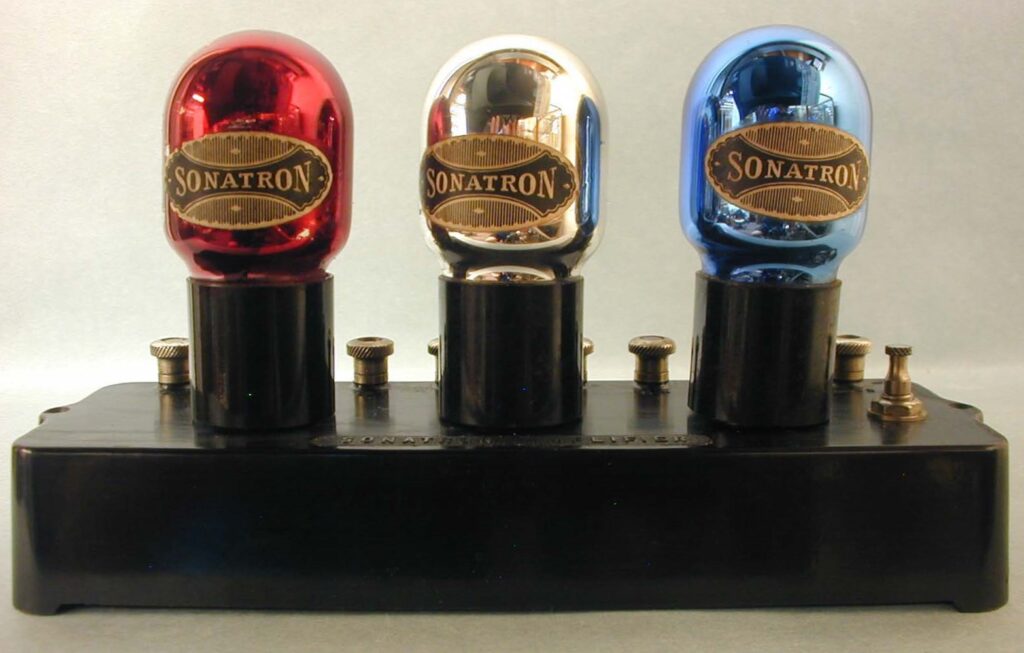


Sonatron spared no expense in their presentation box, quality of their tubes, tube shipping boxes, and instructions in shown in figs. 1,2, and 3 that were introduced in 1925-26. As can be seen in fig. 1, and 2, this authors box can with the Red type MU-X30, the White type MU-X20, and the Blue tube that was in the type SP-60 shipping box. The blue colored tube is in conflict with the description and specs that came in the SP-60 tube. See those descriptions and specs here: 4 After clicking on the #4 link, click it again for a much larger view! The #4 link states that the MU-X6 tube is colored blue and the SP-60 tube is colored gold? I have been collecting a long time and have never seen a gold colored Sonatron tube, so I am guessing that they made the blue tube in my set a SP-60 but I cannot confirm this? The gold tube would conflict with the Sonatron red, white, and blue advertising as seen on all their shipping boxes? It is possible that the call for gold SP-60 tubes was not strong so they had more boxes than tubes and they just packed the blue MU-X6 tube in the SP-60 box to zero the stock or that they made the SP-60 tube blue to keep their red, white, and blue wording in the ads consistent?
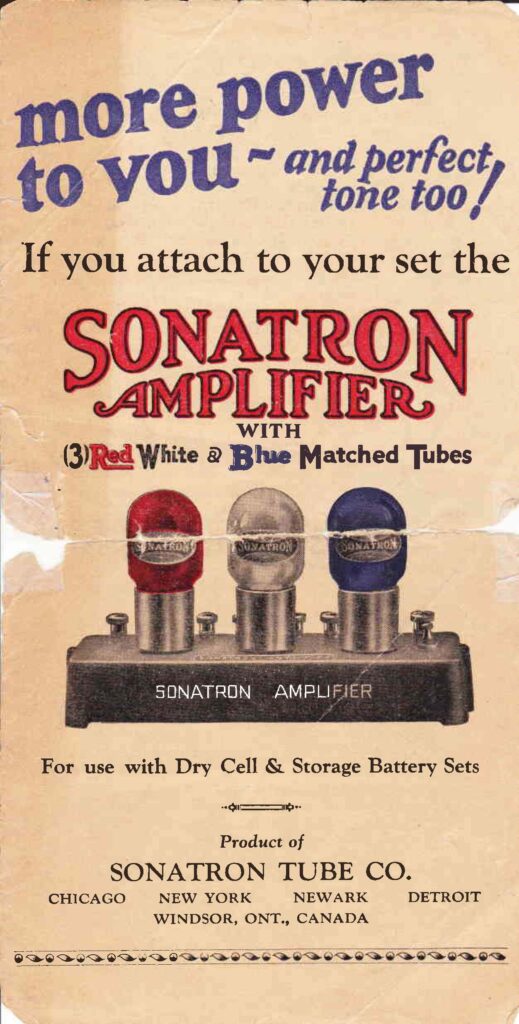
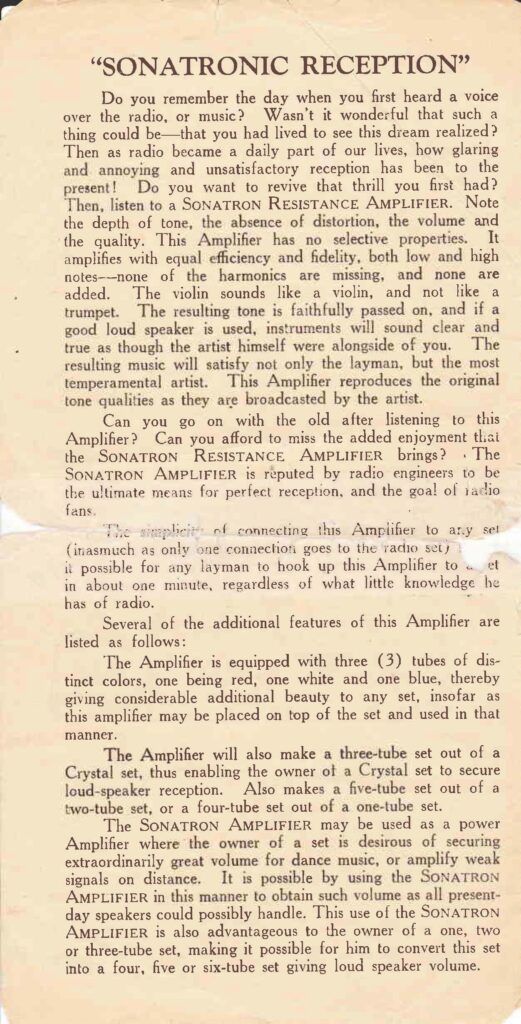
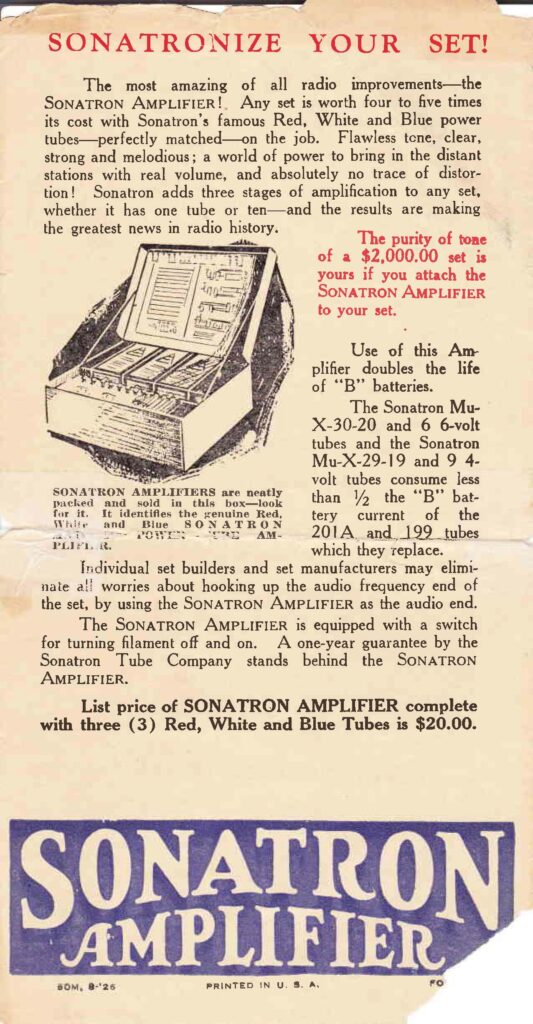
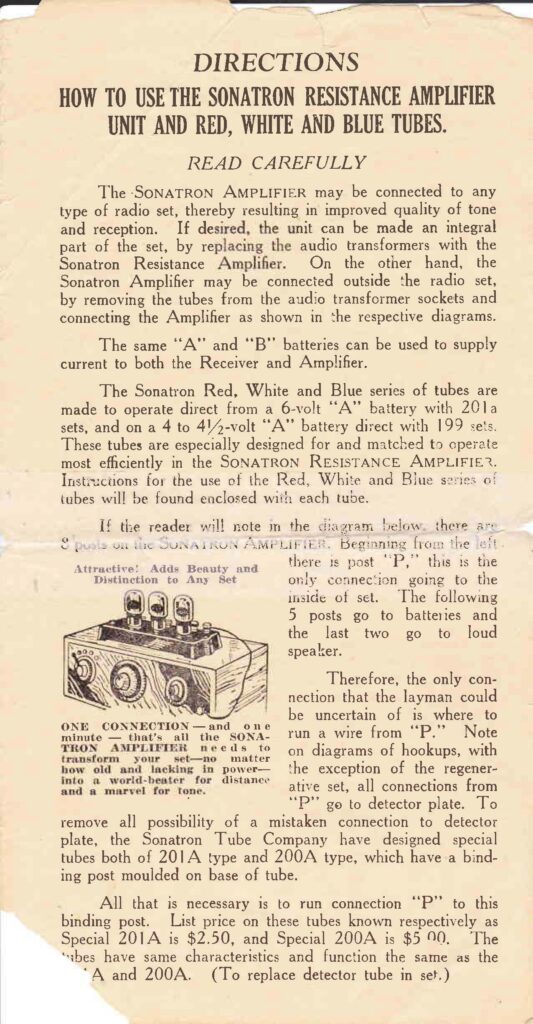
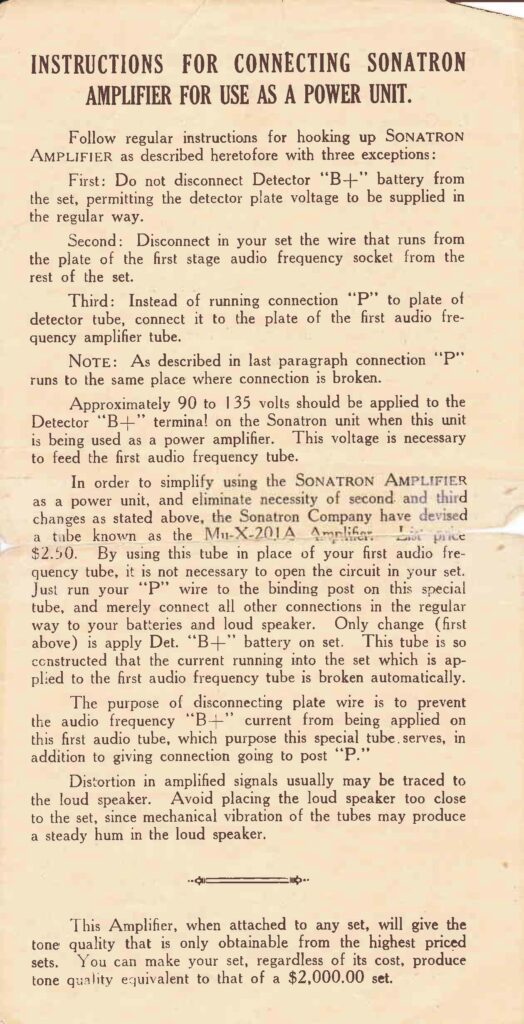
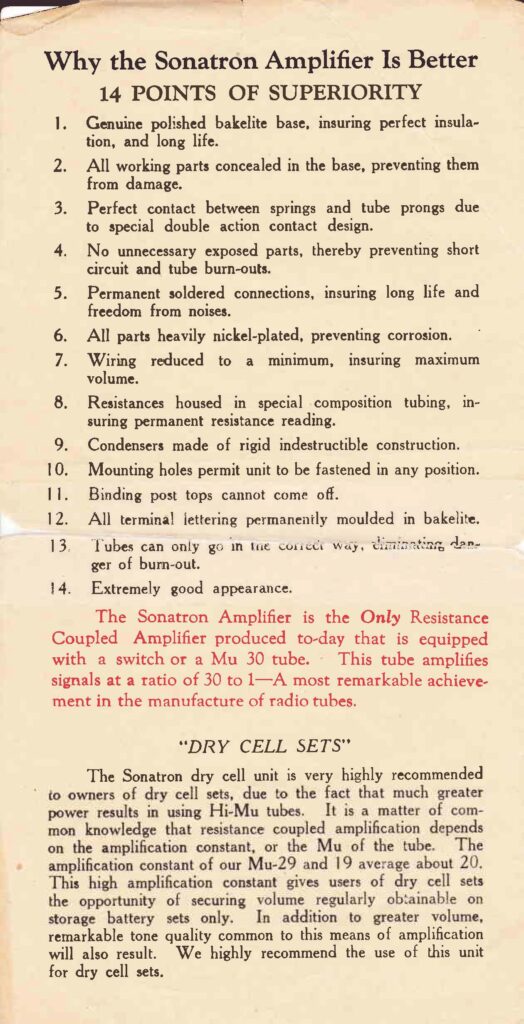
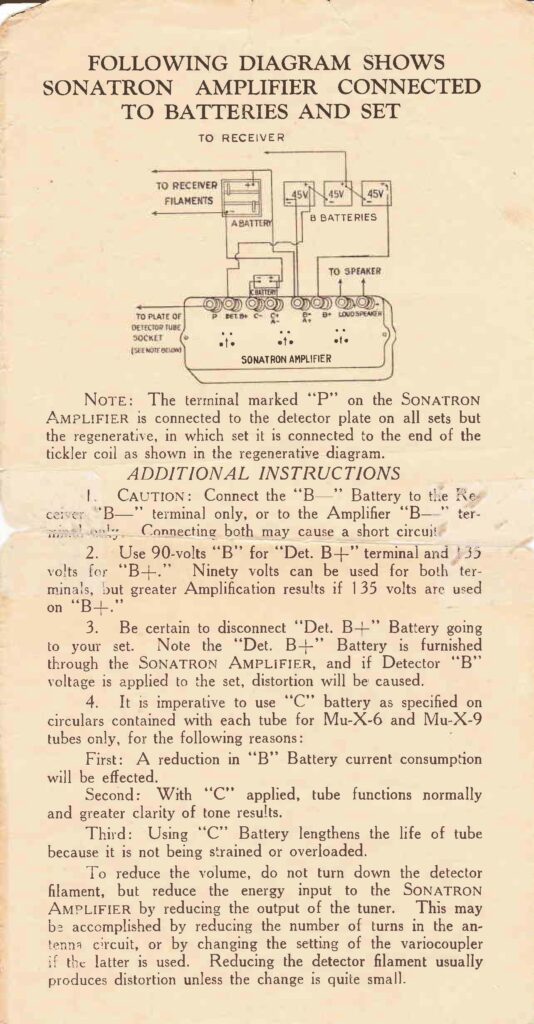
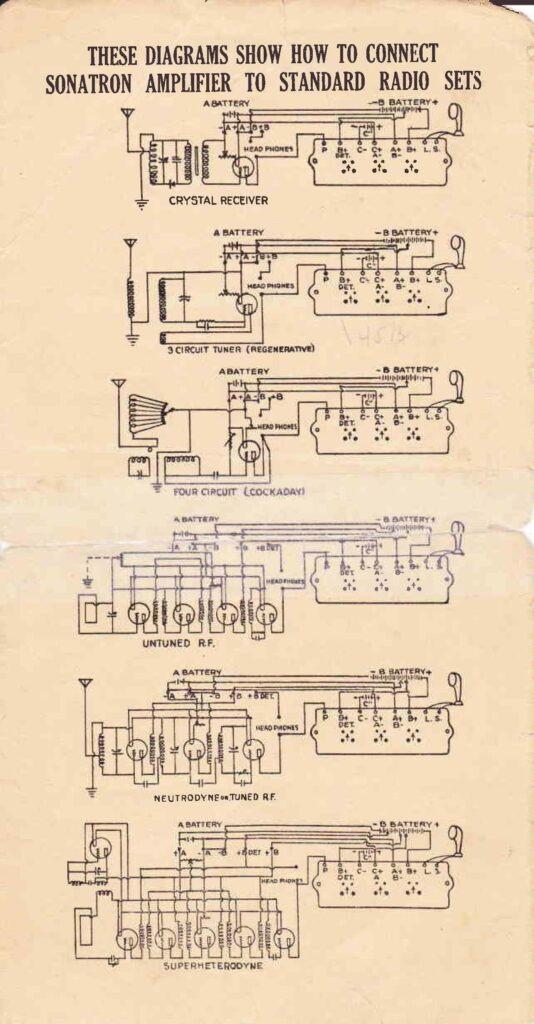

Figs. 4-11 are the descriptions and schematics that were inside the presentation box. Some are repeated on the inside of the top cover.
Fig. 12 has a picture of the Sonatron amplifier unit from “Radio Broadcast”, Dec., 1926. The production numbers of the Sonatron amplifier for resistance coupled circuits must have been rather small if the small numbers of survivors is any indication.
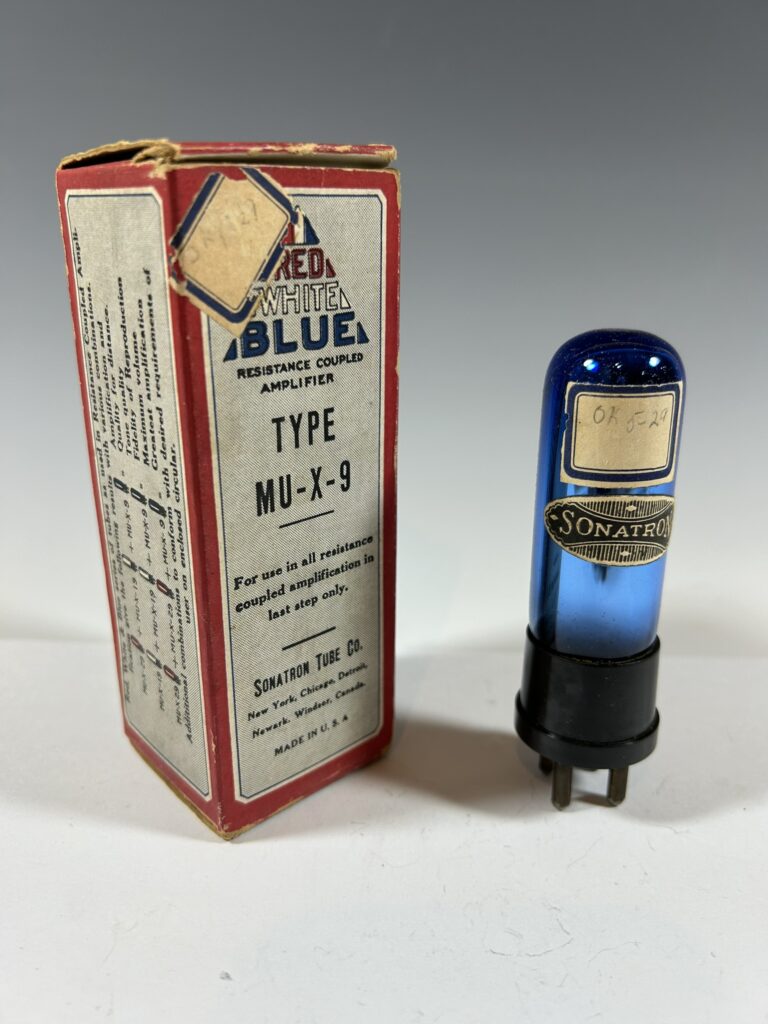
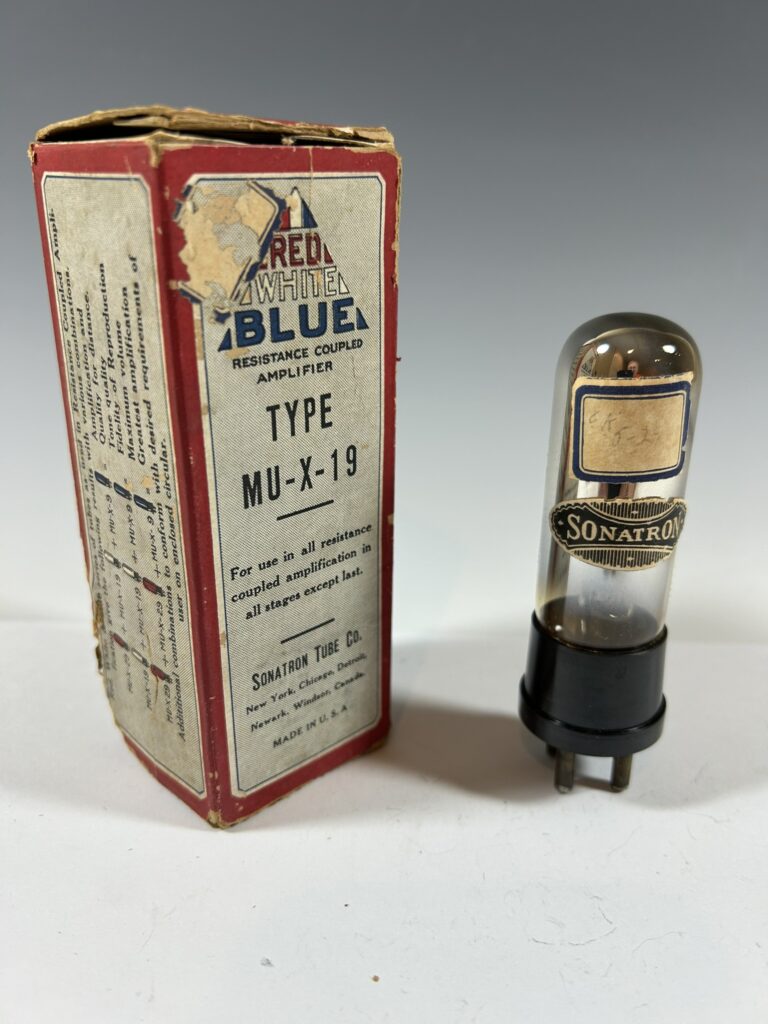
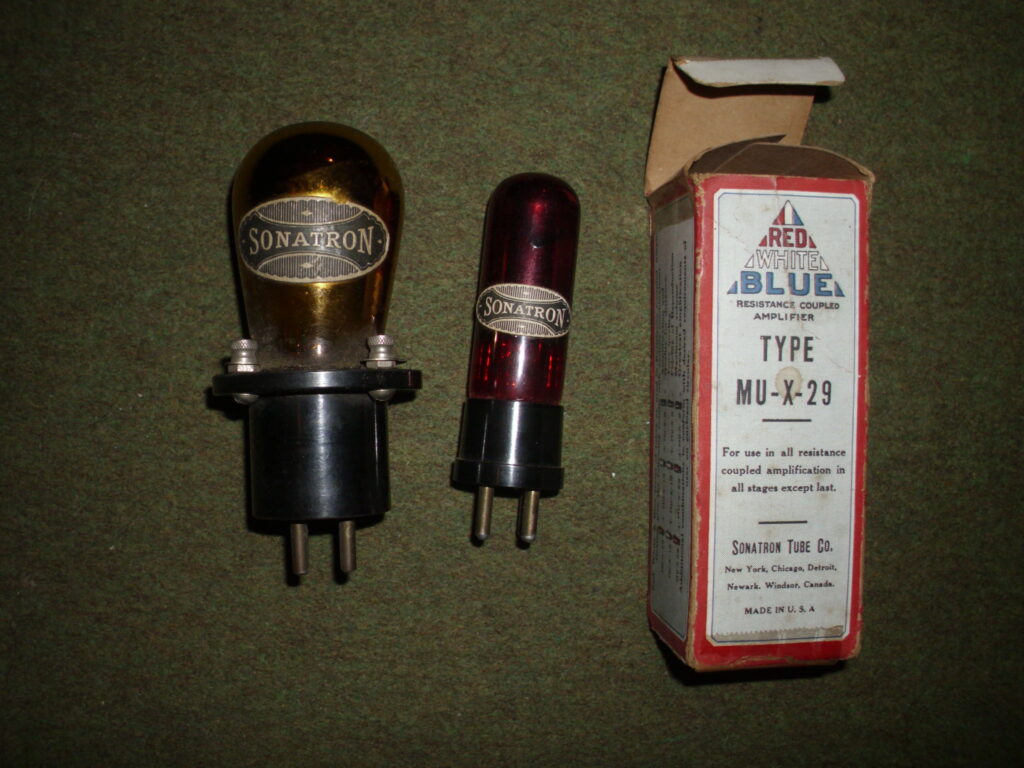
I will try to explain the 199 dry cell versions of the Sonatron amplifiers, assuming that they made the amplifiers in the presentation box or not, relying on known examples from other collectors they have provided me. Further, I don’t have the description or spec sheets that would have been provided with the dry cell 199 tubes. Refer to figs. 10 and 11 above for the mention of the dry cell tubes Sonatron offered.
Fig. 13 and 14. The blue MU-X-9, and White MU-X-19, and boxes, could have possibly been included in the presentation box or separately if the buyer desired them.
Fig. 15. The red Sonatron MU-X-29, and box also could have been included as well. I do not believe the gold Sonatron tube shown in fig. 15 is the gold SP-60 tube that would have gone with the box in fig. 2 above and be used in the Sonatron amp. It is the wrong bulb shape with additional connections that would have confused the hookup for buyers that is not shown in any hookup instructions. Also, link #4 in the 2nd paragraph above actual shows the SP-60 tube as being purple colored that that does not conform to the gold color? To be as clear as possible, Sonatron may have never made the gold- colored SP-60 that would be in the same configuration as the other tubes that would be included in the amplifier but did develop it later in their line-up of power tubes and it was colored gold. More examples of the Sonatron SP-60 are necessary to be clear.
The Sonatron amplifier and the red, white, and blue MU, and dry cell tubes are a very interesting aspect of collecting but I would suggest very short lived.
Sources:
Thanks to John Walker for pictures of the MU-X-9 and 19 that went a long way to completing the product line.
Also, thanks to Bobarino for the tubes pictured in fig. 15, They too, went a long way to completing this article.

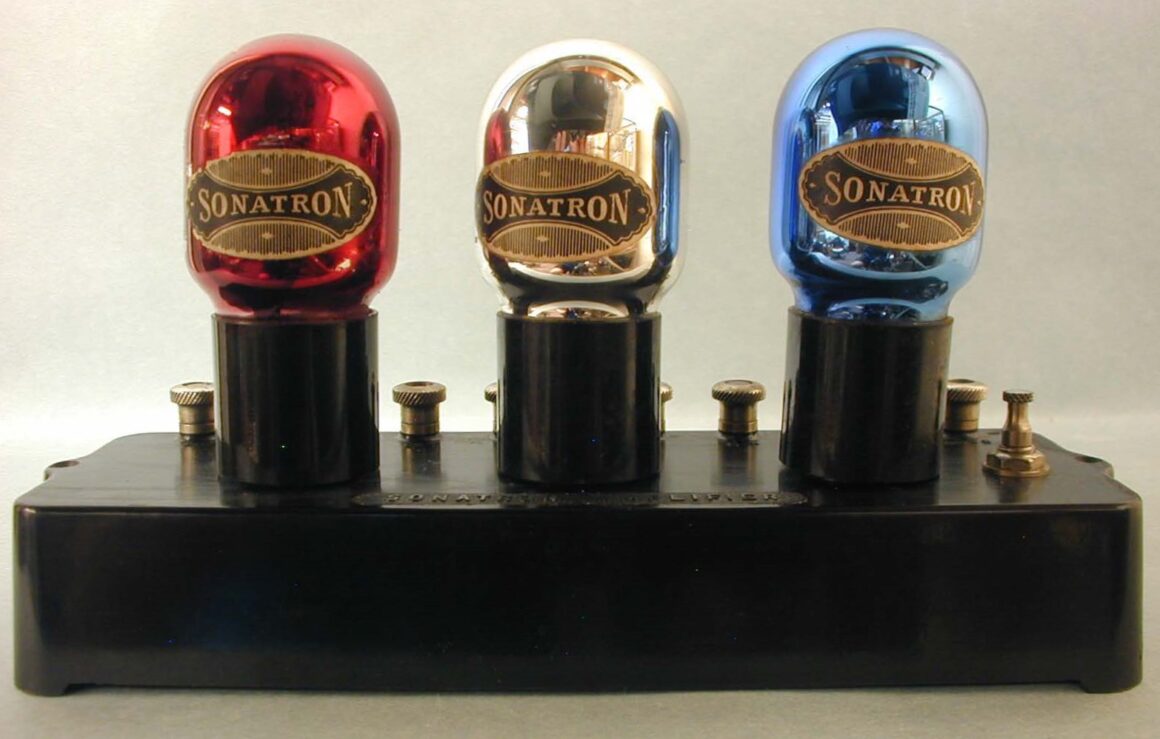
Leave a Reply